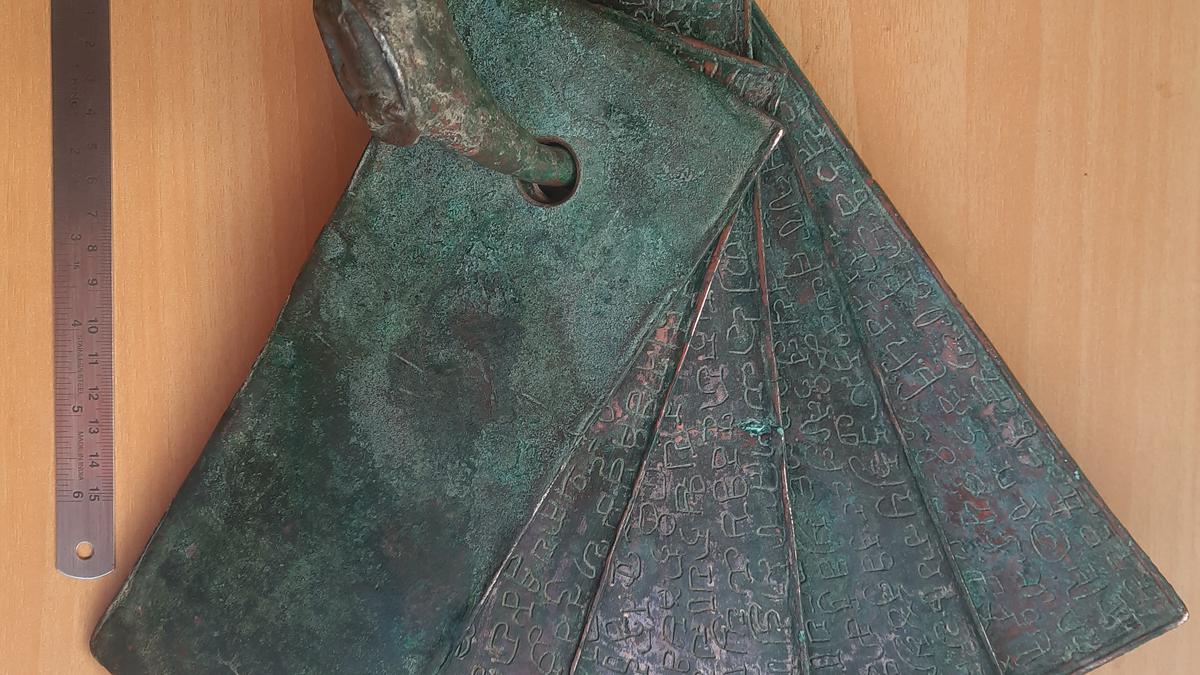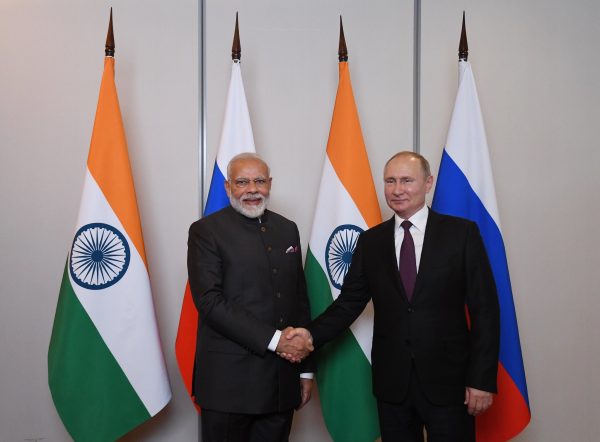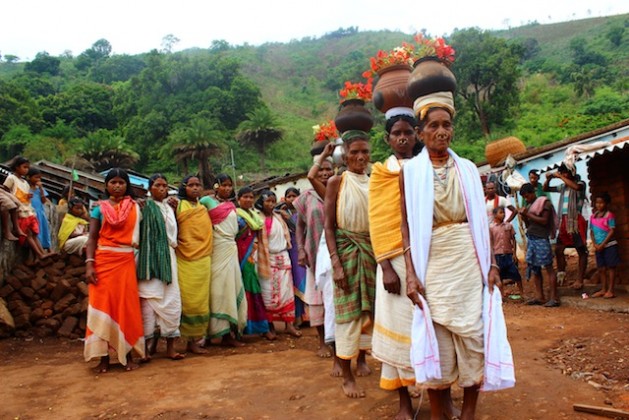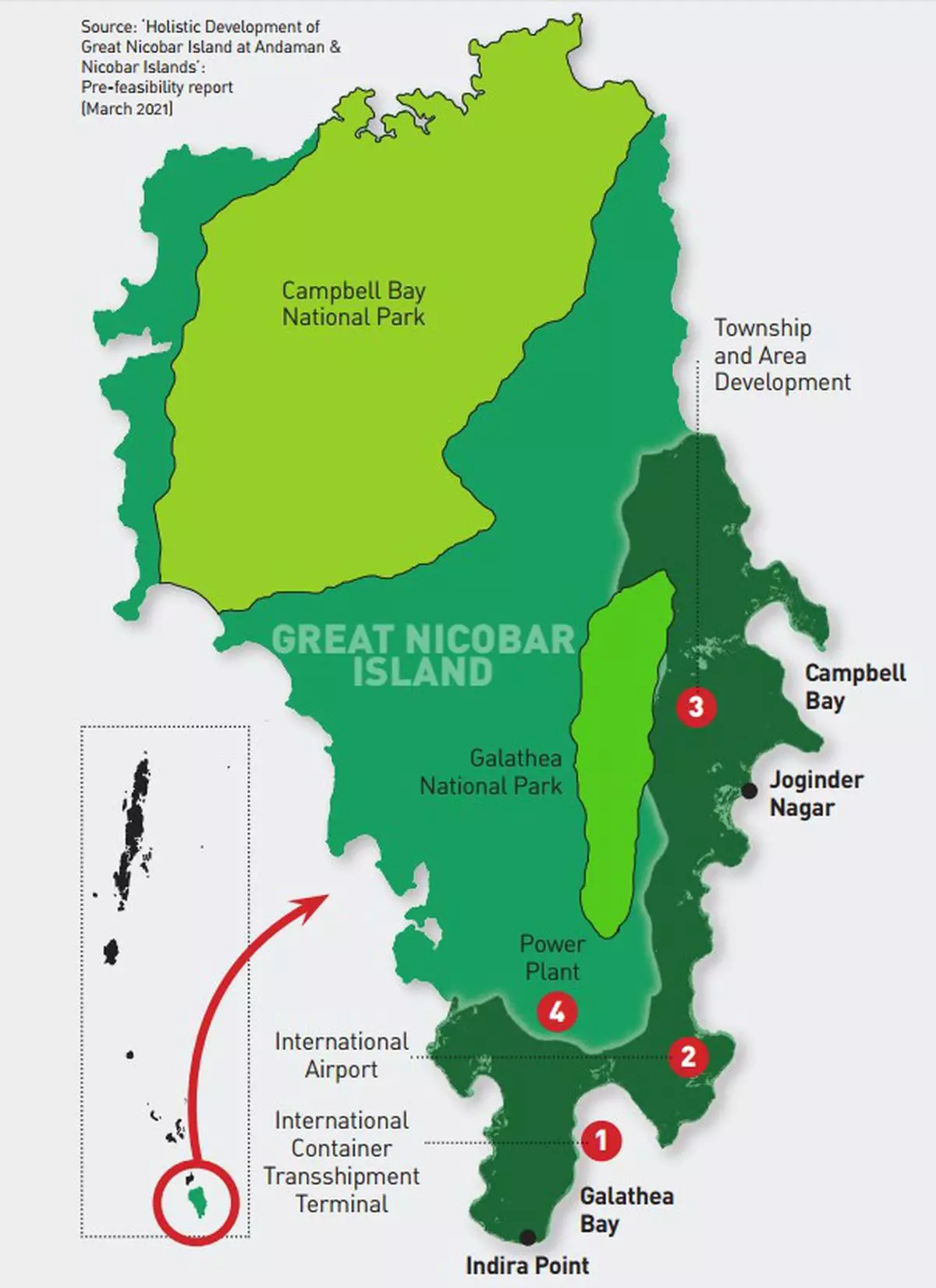The Ukraine conflict has had repercussions on global political and financial institutions, resulting in shortages of key supplies and increased prices. Putin’s revanchist arguments that Ukraine is an intrinsic part of Russia’s history, culture, and spiritual space are at the basis of the war. Putin, on the other hand, accuses the United States and Europe of breaking their promise to Gorbachev that NATO would not march eastward. The issue presents a conundrum for India, which must balance its BRICS and SCO alliances with Russia and China while maintaining strategic autonomy.
Two Crucial Aspects of the Conflict?
- Putin’s Proclamation of Russian Dominance: Ukraine, according to Vladimir Putin, is not a sovereign nation and is an integral part of Russia’s history, culture, and spiritual space. He makes revanchist statements in order to conceal Russia’s quest for dominance. Such claims are echoed in China’s South China Sea Nine-dash line, its occupation of India’s Aksai Chin, and open claims on Arunachal Pradesh.
- Alleged Breach of NATO pledge: Putin accuses the United States and Europe of acting in bad faith, citing a pledge provided to a frightened Gorbachev that NATO would not march an inch eastward. This serious commitment was allegedly broken when NATO enlisted ten former Warsaw Pact members in the following decade. NATO now has 31 members, including Finland, and Russia feels completely surrounded.
The impact of the Ukrainian conflict on global political and financial systems
- Essential Commodity Shortages: Ukraine is a major donor of grain, edible oil, and fertilisers to global supply chains, while Russia is a major exporter of natural gas and crude oil. Because of the war, production and transportation of various commodities have been hampered, resulting in shortages and rising costs.
- Falling Stock Markets: As investors become increasingly concerned about the economic consequences of the Ukraine conflict, worldwide stock markets have fallen.
- Public Discontent and Political unrest: In some countries, shortages of critical items and soaring prices have caused public discontent and even political unrest. Rising fuel prices, for example, have sparked widespread protests and political upheaval in India.
- Realignment of Global Alliances: As governments seek alternative supplies of food, energy, commodities, and armaments, global alliances have realigned. As a result, the global community has become more polarised, and diplomatic relations have realigned.
- Economic Sanctions: In reaction to Russia’s activities in Ukraine, the international community put economic sanctions on the country, which have had a substantial impact on the Russian economy.
- Nuclear War: The situation in Ukraine has increased concerns about the danger of nuclear war, particularly in light of Putin’s irresponsible nuclear bluster.
What is India’s quandary?
- Engagement of India with Russia and China: India participates in international forums with Russia and China, notably the BRICS format and the Shanghai Cooperation Organisation (SCO). At the same time, India is collaborating with the United States in the Quad and Malabar groupings. The conflict in Ukraine has complicated India’s efforts to maintain strategic autonomy while interacting with numerous partners.
- Security Environment: Given the recent Poonch ambush and Pakistan army-ISI cross-border terrorism, India’s security environment is of crucial importance. Furthermore, Raksha Mantri Rajnath Singh’s protest about his Chinese counterpart, Li Shangfu, violating existing agreements has been met with resistance.
- Deficiency in Defence Technology: India is a nuclear-weapons state and a space power, with the world’s fourth-largest military. However, due to the poor performance of its military-industrial complex, it is completely reliant on imports for weaponry. India is attempting to develop its atmanirbharta (self-reliance) policy, but technology has a long gestation time, and India must obtain defence technology from its allies.
How may the Quad and Malabar Groupings assist India?
- Strategic interest convergence: The Quad and Malabar groups indicate a convergence of strategic interests between India and the United States, which can help India expand its security and diplomatic connections with the United States, Japan, and Australia.
- Military-diplomatic purpose: These forums are important for India’s military cooperation with the US and other Quad members, notably in the Indo-Pacific area.
- Power-balancing: Power-balancing must be prioritised on India’s diplomatic agenda, and the Quad and Malabar Groupings can play an important role in this regard. India can use these alliances to counter China’s expanding influence in the area.
- Acquisition of modern technology: India is completely reliant on imports of weapons and must acquire advanced technologies to address its security issues. The Quad and Malabar Groupings can assist India in gaining access to advanced military technologies from the United States, Japan, and Australia, which will improve India’s defence capabilities.
New initiatives in the United States
- AUKUS is a trilateral security deal between the United States, the United Kingdom, and Australia that aims to improve security cooperation and share modern military technologies. While the pact’s primary focus is on Australia, it can benefit India indirectly by strengthening the US security architecture in the Indo-Pacific region and deterring China’s aggressive behaviour. The agreement may also result in the development of new technology, such as advanced unmanned underwater vehicles, which will improve India’s marine security.
- Initiative on Critical and Emerging Technologies (iCET): The iCET aims to increase India-US cooperation in critical and emerging technologies such as artificial intelligence, quantum computing, and biotechnology. This programme can assist India in gaining access to cutting-edge technology and knowledge, hence improving India’s technological capabilities and addressing its security issues.
Way forward: Increase self-sufficiency in defence production and reduce reliance
- Invest in R&D: India should invest substantially in R&D in order to create cutting-edge military technologies on its own. This can help India lessen its reliance on imports while also improving its military capabilities.
- Promote Public-Private Partnership (PPP): India can stimulate private sector participation in defence industry by promoting PPPs. This can assist attract much-needed investment, innovation, and knowledge to the defence sector, improving India’s defensive capabilities.
- Facilitate Technology Transfer: To improve indigenous enterprises’ technological skills, India can facilitate technology transfer from global defence manufacturers. This can assist Indian enterprises in acquiring vital technology and experience that can be used to construct advanced military systems in-house.
- Focus on Exports: India should prioritise defence exports in order to strengthen its defence industrial base and create much-needed income. This can help lower domestic production costs and make Indian defence products more competitive globally.
@the end
To retain strategic autonomy while balancing its alliances with Russia and China, India must handle the Ukrainian war skilfully. India must prioritise power-balancing and technology acquisition on its diplomatic agenda, while also focusing on increasing defence industrial self-sufficiency.
Source: https://www.hindustantimes.com/cities/delhi-news/asi-to-initiate-conservation-works-at-zafar-mahal-delhi-the-summer-palace-of-bahadur-shah-zafar-the-last-mughal-emperor-to-fix-its-damaged-portions-101682276465926.html






